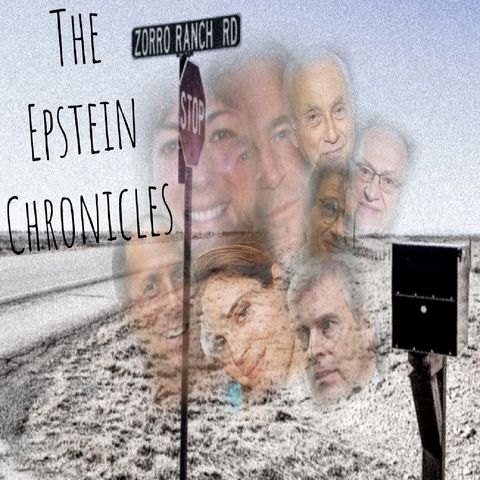Organized Crime: The International Routes Used By Cartels To Move Product To Market (8/21/24)

Download and listen anywhere
Download your favorite episodes and enjoy them, wherever you are! Sign up or log in now to access offline listening.
Organized Crime: The International Routes Used By Cartels To Move Product To Market (8/21/24)
This is an automatically generated transcript. Please note that complete accuracy is not guaranteed.
Description
Cartels have developed complex and adaptable transportation networks to move drugs and other contraband across international borders. These networks include land, maritime, and air routes, each tailored to exploit geographic...
show moreLand Routes: Central America and Mexico are critical transit points for drugs entering the United States. Cartels use remote areas, corrupt officials, and collaboration with local gangs to move drugs northward. The Darien Gap between Colombia and Panama, despite its treacherous terrain, is a key smuggling route.
Maritime Routes: The Pacific Ocean and the Caribbean Sea are major corridors for drug trafficking. Cartels use large cargo ships, fishing boats, and semi-submersible vessels to move drugs, often hiding them among legitimate cargo. The Atlantic Ocean is a primary route for drugs entering Europe, with ports in Spain, Portugal, and the Netherlands serving as key entry points.
Air Routes: Cartels use small aircraft and drones for short-distance smuggling, particularly across the U.S.-Mexico border. Commercial flights are also used to transport drugs, especially to Europe and Asia, with major airports in Latin America being key departure points.
Innovative Methods: Cartels constantly innovate to stay ahead of law enforcement. They use sophisticated tunnels under the U.S.-Mexico border, semi-submersible vessels, and hidden compartments in shipping containers to evade detection.
Geopolitical and Economic Factors: Cartels shift routes in response to law enforcement pressure and internal dynamics. Corruption is widespread, with cartels bribing officials to protect their operations. Globalization and the rise of transnational crime networks have expanded cartels' reach into new markets, especially in Europe and Asia.
Law Enforcement Challenges: Combating drug trafficking requires international cooperation, technological advancements, and targeted legal measures. Despite efforts like joint operations and information sharing, cartels continue to adapt, making drug trafficking a persistent global challenge.
The ongoing battle against drug trafficking is complex and evolving, driven by the cartels' ingenuity and the global demand for drugs. Understanding these transportation routes is crucial for developing effective strategies to combat their influence.
(commercial at 19:40)
to contact me:
bobbycapucci@protonmail.com
Information
| Author | Bobby Capucci |
| Organization | Bobby Capucci |
| Website | - |
| Tags |
Copyright 2024 - Spreaker Inc. an iHeartMedia Company
